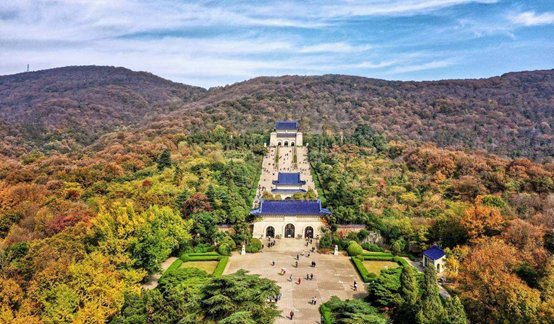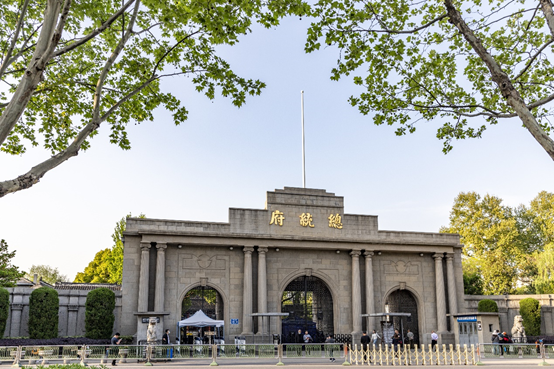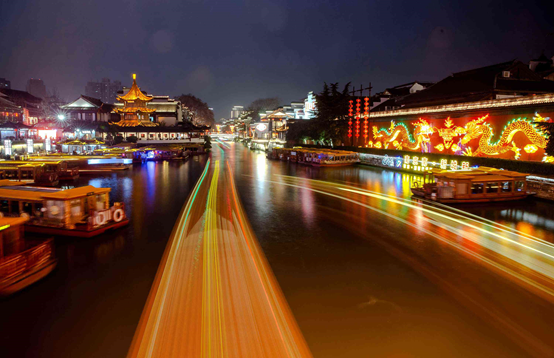Sun Yat-sen's Mausoleum
Sun Yat-sen's Mausoleum is situated at the foot of the second peak of Mount Zijin (Purple Mountain) in Nanjing, China. Dr. Sun Yat-sen is considered to be the “Father of Modern China” who fought against the imperial Qing government and ended the monarchy and established the Republic of China after the 1911 revolution. With deep historical significance, magnificent architecture and beautiful scenery, Sun Yat-sen's Mausoleum is classified as an AAAAA scenic area by the China National Tourism Administration.

Presidential Palace of Nanjing
Presidential Palace of Nanjing has more than 600 years history. It is not only the Headquarters of the Nationalist Government, but also the Palace of the Heavenly King and Office of the Viceroy of Two Lower Yangtze Provinces. The Presidential Palace is divided into three regions. The central region is mainly the presidential palace of the Nationalist Government and its affiliated institutions. The Western District is Sun Yat-sen’s temporary presidential office, the Secretariat and the West Garden, as well as the Staff Headquarters. The Eastern District is mainly the former site of the administrative office, Stable and East Garden.

Qinhuai River
The Qinhuai River is a tributary river of Yangtze River which runs through central Nanjing. It's also the birthplace of the traditional Nanjing culture. As such, it's called "Nanjing's mother river". It is the "life blood" of the city. The Qinhuai River is divided into inner and outer rivers. Today, the scenic belt along the Qinhuai River develops with the Confucius Temple at the center and the river serving as a bond. The belt featuring attractions like Zhanyuan Garden, the Confucius Temple, China Gate as well as the sailing boats.



